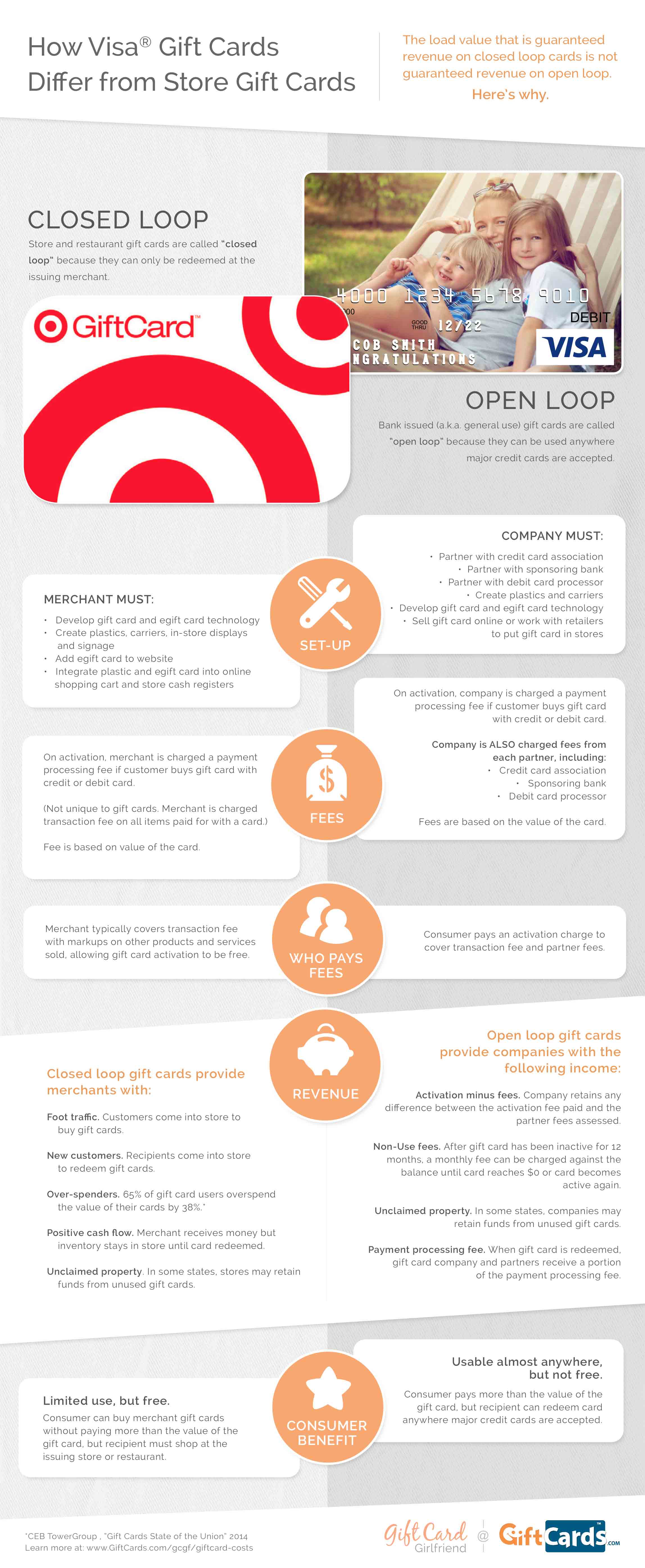Differences Between Laser Sandblasting And Rotary Engraving
Glass Engraving Vs Etching - What's the Distinction?Although they might seem similar, engraving and engraving vary in their techniques and outcomes. Understanding these procedures is necessary for any type of business looking to tailor glass items.
Laser engraving uses concentrated heat to thaw the micro surface area of your material, producing recessed markings that stand up to damages and can be read under extreme conditions. It's suitable for things that need to be traceable, like commercial components.
Aesthetic appeals
Etching and etching both develop durable, tactile styles that attract attention on the glass surface. They are optimal for tasks that call for a refined, stylish appearance.
Laser etching can be utilized to inscribe glass, but it requires a protective finish or guard to stop warmth damage to the glass. A specialized spray or coating is offered for this function and can be put on slim glass to minimize fracturing or damages throughout the inscribing procedure.
It's additionally feasible to engrave glass by hand making use of a rotary tool. This strategy is time-consuming and labor-intensive, but it can produce high-quality results when performed correctly. Be sure to wear safety gear like goggles and a respirator mask to protect on your own from dirt and particles. You can begin by attracting your style on the glass with a pen, then place the rotary tool and slowly follow your style to etch it into the glass. After the engraving is complete, gently wash away any kind of continuing to be dirt or deposit.
Flexibility
The etching process offers a wide variety of applications for glass products. It is very functional and can be made use of on various materials and thicknesses of glass. It is also very specific and generates thorough, high-contrast layouts on the glass surface area. It can be utilized on both flat and curved surface areas.
Glass inscription is a prominent choice for glass products like bottle, building partitions, and day spa decor. It generates a soft and refined style that is not as visible as etching, making it an excellent option for ambient aesthetics.
To lower warm tension on thin glass, use a protective material like covering up tape or a wet paper towel to the surface area prior to laser engraving. This absorbs and spreads laser energy to reduce local heating and prevent fracturing. Conversely, finishing the glass with a mild cleaning agent or dishwashing soap can likewise be an effective pre-coating. Simply remember to cover just the laser-contacting face of the glass with these moisture-absorbing pre-treatments.
Longevity
Laser glass engraving creates deep, long-term markings that are durable and visually striking. It's suitable for creative or light business functions that require a refined look. Inscription requires exact and controlled handling of the glass to stop heat damages and breaking. Slim or fragile glass can be more at risk to the high-contrast impacts of laser engraving, making it vital to keep an eye on the process closely for indicators of getting too hot and breaking.
Engraving uses a diamond-tipped tool to cut into the surface of the glass, developing a textured mark that's much less visually striking than laser etching. It's an usual choice for applications where a frozen impact is preferred, such as ornamental glass windows and personalized presents. Like laser inscription, etching is highly precise and excellent for logos and various other detailed imagery. Evergreen Glass makes use of state-of-the-art laser aesthetic glass styles tools calibrated for ideal efficiency to achieve etching and etching with remarkable accuracy. For included peace of mind, our makers include built-in security functions that ensure safe procedure.
Cost
Glass etching includes making use of chemical solutions to produce a style. While this technique is not as accurate and reliable as laser etching, it is still an excellent option for artisanal glasswork, which can be an excellent way to elevate an unique celebration present or commemorative piece.
For the very best results, it is very important to evaluate an example piece of glass prior to applying any etching creams. Various sorts of glass may react in different ways to the chemicals. Some will certainly engrave really quickly while others may take a lot longer. In some cases, a piece of glass might even stop working to engrave at all!
Laser engraving includes making use of a computer-guided system, typically described as a CNC (Computer System Numerical Control) machine, to route a focused laser light beam at the surface of the glass. This process calls for a high-level of technical skill and creative thinking. It is an effective way to etch complex patterns on large tasks with high levels of precision.
